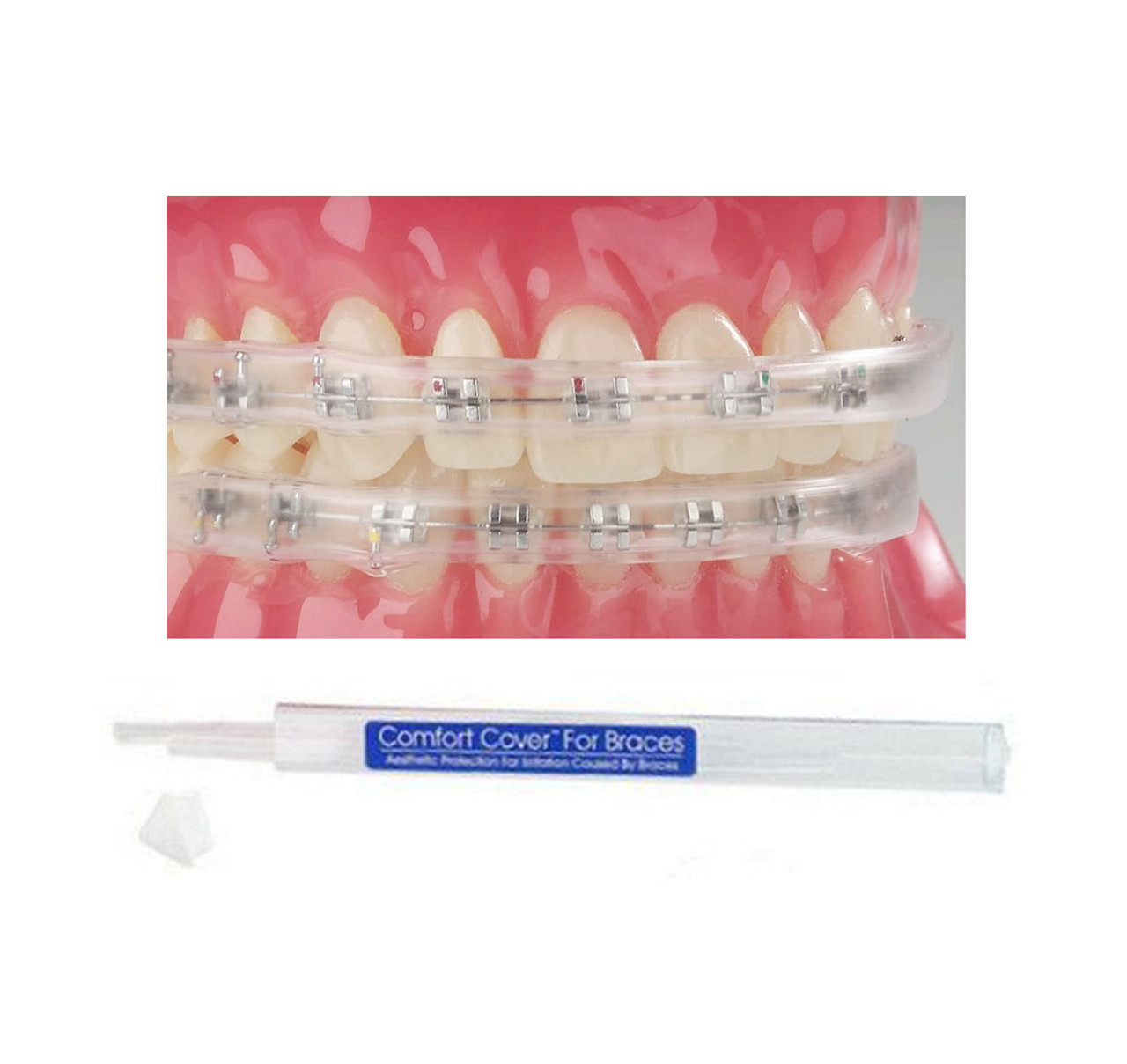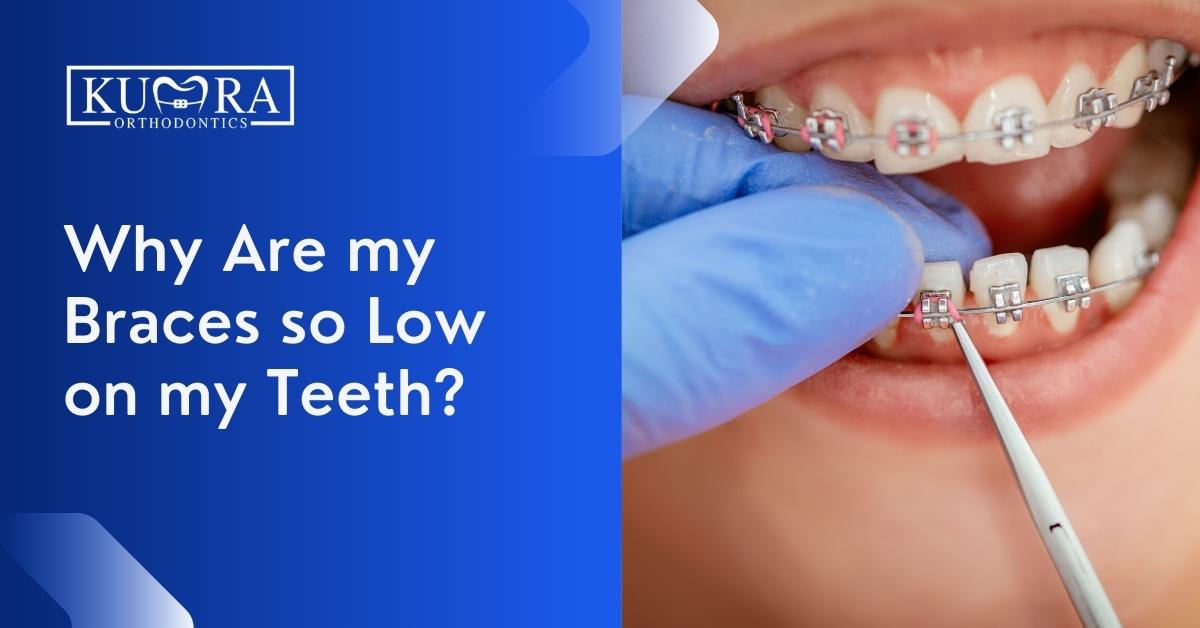How Cumming Orthodontics Addresses Common Braces and Invisalign Issues
How Cumming Orthodontics Addresses Common Braces and Invisalign Issues
Blog Article
A Closer Take A Look At Various Orthodontics Procedures and Their Advantages in Dental Treatment
Orthodontic procedures play an essential role in improving dental wellness and improving the overall looks of one's smile. From conventional braces to contemporary clear aligners, the area of orthodontics provides a range of treatment options customized to fulfill individual requirements.

Typical Braces: Alignment Correction Technique
Making use of the tried and true technique of traditional braces, orthodontic professionals efficiently proper misalignments of the teeth and jaw to restore optimal dental health and function. Conventional braces include metal brackets that are adhered to the teeth and linked by wires and rubber bands (cumming invisalign). This system uses gentle stress to slowly change the teeth into their appropriate positions gradually
One of the primary advantages of conventional dental braces is their flexibility in dealing with various oral issues, consisting of crowded teeth, spaces, crossbites, underbites, and overbites. By dealing with these imbalances, braces not just boost the visual appearance of the smile but likewise boost on the whole oral health. Appropriately straightened teeth are simpler to clean, lowering the risk of dental caries, gum tissue disease, and other dental problems.
While modern orthodontic innovations use options like clear aligners, conventional dental braces continue to be a trustworthy and economical service for intricate alignment problems. Orthodontists carefully customize therapy strategies to fit each patient's one-of-a-kind demands, making certain effective and successful results in attaining a straighter, healthier smile.

Invisalign: Clear Aligners for Discreet Treatment
While standard braces have long been a best method for fixing oral misalignments, Invisalign clear aligners provide a discreet option for achieving straighter teeth and a much healthier smile. Invisalign aligners are practically unseen, making them a popular selection for individuals who favor an even more visually pleasing orthodontic therapy option.
These clear aligners are customized to fit well over the teeth, slowly shifting them into the desired setting. The therapy process involves putting on a series of aligners that are transformed around every two weeks to maintain up with the tooth motion.
One of the key advantages of Invisalign is its removability, allowing people to quickly secure the aligners for consuming, cleaning, and flossing. This function promotes far better dental hygiene compared to traditional dental braces, as there are no braces or cables to browse about during cleaning.
In addition, Invisalign aligners normally need fewer check outs to the orthodontist for changes, supplying an easier treatment choice for those with hectic timetables. Generally, Invisalign clear aligners provide a very discreet, comfortable, and effective way to achieve a straighter smile.
Lingual Braces: Hidden Behind the Teeth
Lingual dental braces, positioned discreetly behind the teeth, provide a different orthodontic therapy approach for individuals looking for a less noticeable way to fix dental imbalances. Unlike conventional dental braces that are positioned on the front of the teeth, linguistic braces are personalized to fit the back surfaces of the teeth, making them practically undetectable to others. This aspect makes lingual braces especially interesting individuals who may feel uncomfortable about putting on noticeable dental braces however still wish to attain a straighter smile.
Among the primary benefits of linguistic dental braces is their covert nature, permitting clients to undergo orthodontic treatment without drawing focus to their oral realignment procedure. Additionally, linguistic dental braces appropriate for fixing various dental issues, consisting of overcrowding, spacing issues, and bite misalignments. While they may take a while to get made use of to due to their positioning, linguistic dental braces can effectively align teeth and improve generally dental wellness results. Consulting with an orthodontist can aid establish if linguistic braces are the right alternative for achieving desired dental alignment objectives.
Ceramic Dental Braces: Visual Solution for Alignment
These braces are crafted from tooth-colored or clear materials, making them much less noticeable compared to conventional metal braces. By mixing in with the natural color of your teeth, ceramic braces supply an extra refined orthodontic therapy option.
In enhancement to their aesthetic advantages, see this site ceramic braces function likewise to metal dental braces in straightening the teeth and dealing with problems such as overcrowding, voids, and imbalance. They are composed of braces abided by the teeth, attached by cords that carefully guide the teeth into the wanted setting in time. While ceramic dental braces are extra vulnerable than metal braces and may call for somewhat longer therapy times, numerous patients locate the compromise beneficial for the improved look during the orthodontic procedure. On the whole, ceramic braces use a very discreet yet reliable way to accomplish a straighter, more lined up smile.
Retainers: Upkeep of Treatment Outcomes
To preserve the outcomes attained via orthodontic therapy, the use of retainers is important. The teeth have a propensity to shift back to their original position when braces are removed. Retainers play a crucial role in preventing this relapse by holding the teeth in their new positioning. There are various kinds of retainers available, consisting of set and detachable choices.
Detachable retainers are generally made from clear plastic and can be easily obtained for cleansing. People are advised to use them for the recommended period, usually at the very least 22 hours a day at first, progressively minimizing the wear time as advised by the orthodontist. On the other hand, fixed retainers contain a slim cable bonded to the rear of the teeth, providing a more permanent remedy to keep alignment.

Final Thought
General, numerous orthodontic procedures offer effective solutions for positioning modification and maintenance in oral care. Standard dental braces offer a reliable technique for fixing misalignments, while Invisalign supplies a discreet option with clear aligners. Lingual dental braces are hidden behind the teeth for a much more unnoticeable treatment, and ceramic braces provide see this website a visual choice for placement adjustment. Retainers play an essential duty in preserving the outcomes of orthodontic therapy. Each procedure has its very own benefits, accommodating various patient needs.
Unlike standard dental braces that are placed on the front of the teeth, linguistic braces are tailored to fit click for info the back surface areas of the teeth, making them practically unnoticeable to others. These braces are crafted from tooth-colored or transparent materials, making them much less obvious compared to typical metal braces.In addition to their aesthetic advantages, ceramic dental braces feature in a similar way to steel dental braces in straightening the teeth and remedying problems such as overcrowding, voids, and misalignment. While ceramic braces are much more vulnerable than steel dental braces and may call for somewhat longer therapy times, numerous clients find the compromise worthwhile for the improved look during the orthodontic process. Lingual braces are hidden behind the teeth for a more inconspicuous treatment, and ceramic braces supply a visual option for positioning adjustment.
Report this page